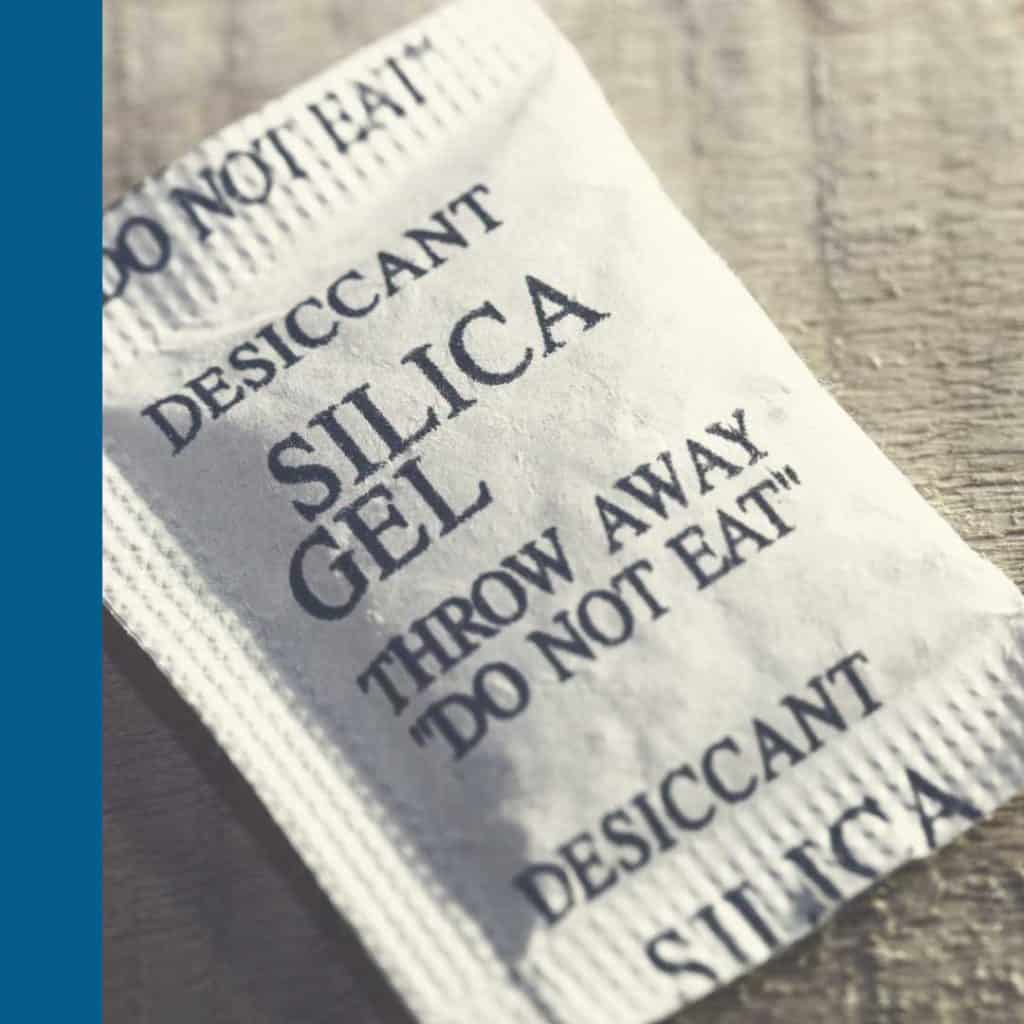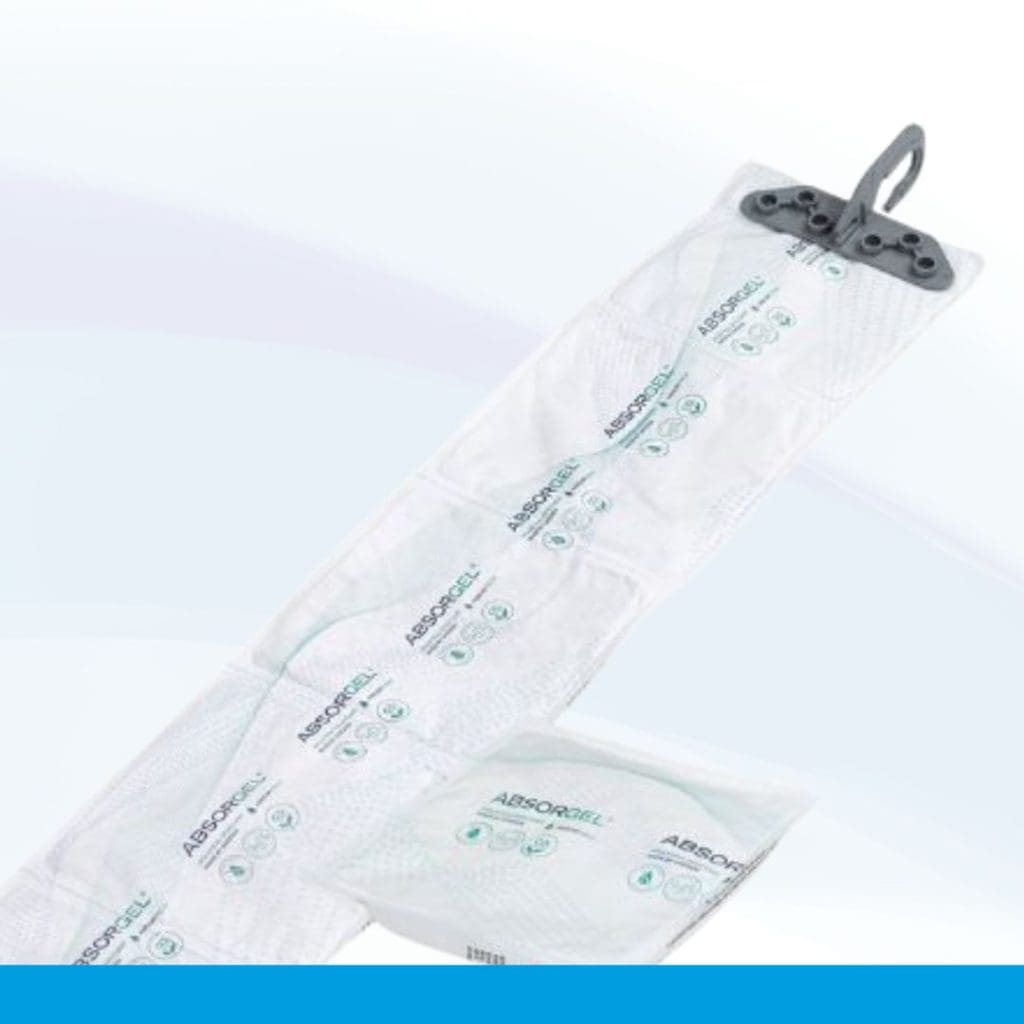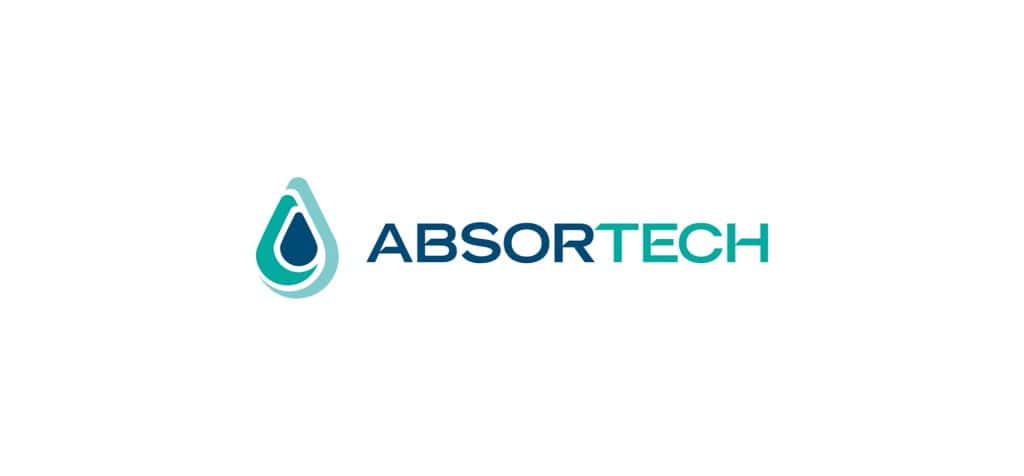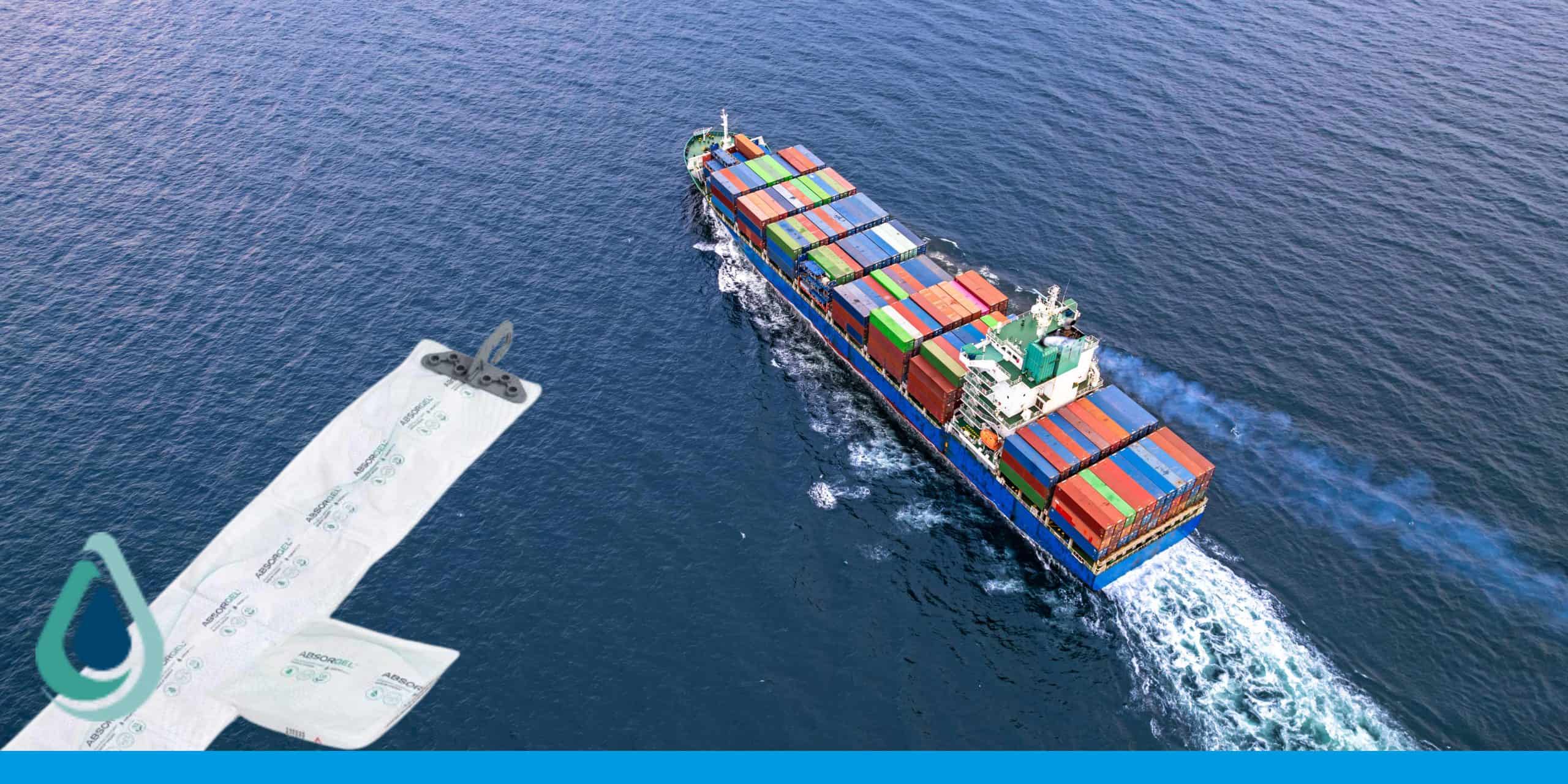Everyone has held a baggie in their hands that says, “Do not eat!” This little bag was in your new bag, for example, with your shoes in the box, or with your phone. This article explains what that pouch is for.
What are desiccants?

That little bag is a desiccant. Desiccants come in different shapes and sizes. Not all desiccants have the same hygroscopic properties. Silica gel is one of the most commonly used types, as in the shoe boxes and bags mentioned earlier.
A desiccant absorbs moisture generated in the immediate vicinity of the product. The moisture is absorbed into the desiccant, so the product is not affected. For shoes in a cardboard box, such a small bag is often sufficient; in fact, the cardboard also acts as a kind of desiccant and also absorbs moisture. For larger shipments, however, you need more than a few grams of desiccant.
What drying agents are there?
There are many different types of desiccants. The most commonly used are summarized in a table below, along with their properties, advantages and disadvantages, and the most suitable applications:
| Desiccant | Features | Advantages | Cons | Suitable for |
| Silica gel | – Amorphous, porous silica – Absorbs up to 40% of its own weight in moisture – Works effectively at 60-90% humidity |
– Reusable after regeneration – Change in color when saturated – Safe and non-toxic |
– Effectiveness decreases at very high humidity – Limited absorbency compared to calcium chloride |
– Electronics, textile and food packaging – Short to medium storage |
| Calcium chloride | – Highly hygroscopic salt – Absorbs up to 300% of its own weight in moisture – Converts water vapor into liquid (deliquescence) |
– Very high moisture absorption capacity – Ideal for use in very humid environments |
– May liquefy and leak upon saturation – Not reusable and may be corrosive |
– Containers during transport – Storage in extremely humid environments |
| Molecular sieves (Zeolites) | – Synthetic or natural aluminosilicates – Selective adsorption through precise pore structure – Reusable after heating |
– Works effectively in low humidity and high temperatures – Reusable after regeneration |
– More complex and expensive than other desiccants – Requires specific regeneration conditions |
– Air and gas drying in industrial processes – Long-term storage of sensitive materials |
Drying agents available at Praxas
Praxas sells desiccants from Absortech. The desiccants they produce consist mainly of the aforementioned calcium chloride and are mainly used in the food, electronics and automotive industries. Absortech is a Swedish company that has been in business for almost 30 years and is known as a specialist in desiccants.


Praxas offers a total package for protecting goods during transport and storage. With Absortech’s desiccants, products are effectively protected from moisture, and by using the right quantities, we try to prevent moisture damage in the chain.
How much desiccant do I need?
This is a common question. Unfortunately, there is no one correct answer. The amount needed depends on several factors: What are you sending? How long is it in transit? How much moisture does the product contain? Is it on a pallet, and how much moisture is in that pallet? What climate zones does the shipment go through? All of these factors affect the moisture content and can vary again from shipment to shipment.
To get a correct answer to the question, “How much desiccant do I need?”, it is always wise to contact us for advice. Our specialists will be happy to hear what they can do for you to prevent moisture damage during transport and storage.

